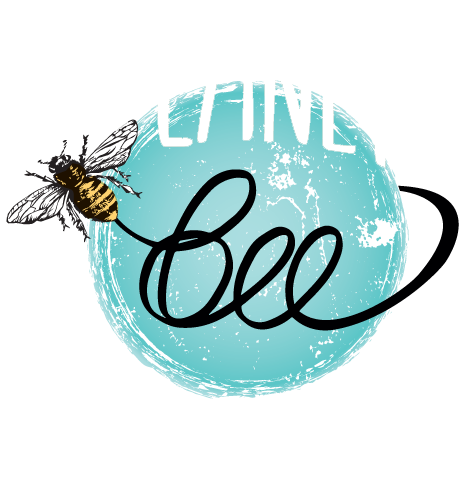
COMMUNITY SCIENCE
STEM BUNDLE NATIVE BEE NEST

Why do we make Stem Bundles?
By constructing a Native Bee Stem Bundle, you offer a nesting option for solitary bees and wasps that prefer to nest in hollow and pithy stems, reeds and bamboo. Incorporating a range of tunnels with depth (4-25 cm) and inside diameters (2-13 mm) will help to provide nest homes for the smallest and largest bees found locally. Trying different materials such as reeds, bamboo, tubes or paper straws and replacing occupied or damaged materials on an annual basis are critical considerations for the success of the Stem Bundle as a nesting site. Your efforts contribute to providing diverse habitats for pollinators, supporting their populations and fostering biodiversity.

Nesting Behavior
Some bees and wasps nest in cavities in hollow reeds, stems or branches of certain plants. Species like Osmia lignaria make cells in tunnels with collected mud or clay. Species like Megachile rotundata make cells in tunnels with collected leaves. Stem bundles can serve as nesting sites for species local to you with similar nesting habits.
Let’s make some stem bundles!
MATERIALS

-
5-25 tube-like items, a variety of sizes is great, they don’t need to be all the same length, width or material. Length between 3” and 8” (7.6 mm to 20.3 mm). A variety of tubes will attract a variety of bees.
-
Examples: Reeds, bamboo (consider collecting dried, brown, or yellow bamboo), or other non-invasive hollow stem plant , plants with pithy stems, paper, cardboard, or plastic straws (various sizes), rolled-up paper
-
-
Wire, string, or tape
-
Can, bucket, pitcher, short section of PVC pipe, or a wooden frame
-
Tools for cutting and shaping stems
INSTRUCTIONS

-
Bundle the tubes tightly with wire, string, or tape.
-
Pack tubes into a can, bucket, pitcher, or a short section of PVC pipe.
-
Secure the stem bundle in a location protected from the elements and predators.
-
Mount the bundle in a way that minimizes. movement, ensuring the safety of nesting bees and wasps.
-
Observe the stem bundle regularly to monitor nesting activity.
-
Adjust the bundle or its location based on your observations and the preferences of local pollinators.
-
Keep records of the types of pollinators attracted to the stem bundle. Note nesting habits, preferred stem sizes, and other relevant information.
TIPS FOR MONITORING & MAINTAINING

-
Placement
-
Locate a nest site in an area that receives morning sunlight.
-
Mount the nest site on a secure structure, such as a post or a wall, where you can see it often.
-
-
Regular Inspections
-
Check the nest site periodically to ensure it's in good condition.
-
Look for signs of occupancy, such as sealed tubes, and note the diversity of species using the site.
-
-
Cleaning
-
Clean the nesting tubes during the winter or early spring when bees are not actively using them.
-
Replace old or damaged tubes with new ones.
-
-
Protection from Predators
-
Consider adding mesh or other protective barriers to prevent predators from accessing the nest site.
-
-
Provide a Water Source
-
Ensure there is a nearby water source for the bees to access for drinking and mud collection.
-
-
Plant Native Flora
-
Surround the nest site with a variety of native plants to provide food sources for the solitary bees.
-
Link here for detailed instructions on how to care for your nest home throughout the seasons.
